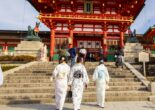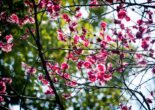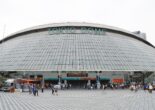Naoshima Art Island has many fascinating art installations and pieces of architecture that draw inspiration from the local surroundings and merge them with works by international artists.
Introduction
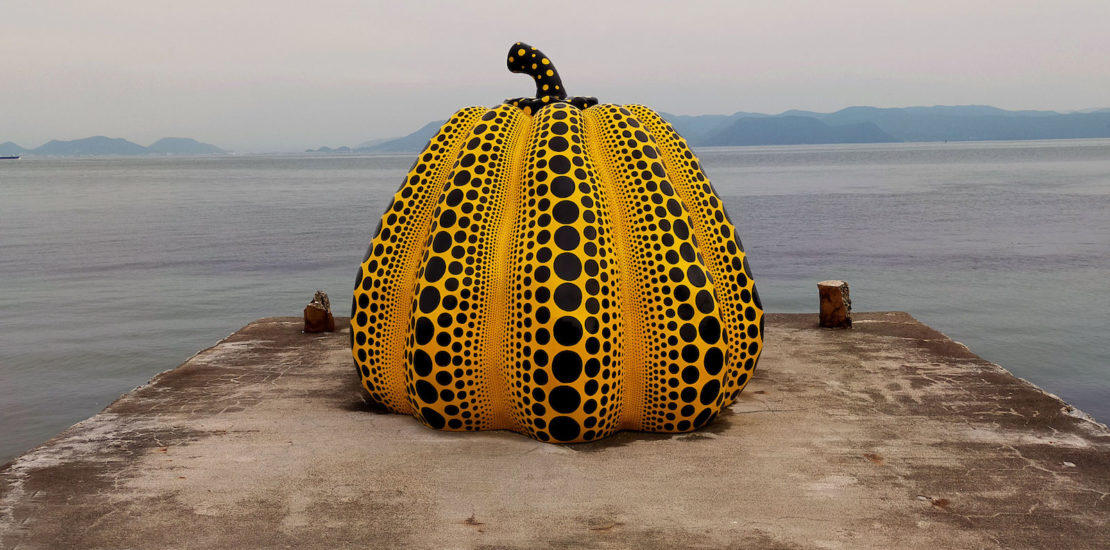
How to Spend a Day in Naoshima
Naoshima is a beautiful little island just between Hiroshima and Osaka. The Naoshima Art Island project was initiated in the1980s, by the head of the Benesse Corporation. The art activities expanded from Naoshima to the neighboring islands of Tejima and Inujima. The Pritzker prize winning Japanese architect Tadao Ando designed spaces that are purpose built to house works by a variety of different artists such as French Impressionist painter Claude Monet and American Installation artist James Turrell and sculptor Walter De Maria. If you’re someone who doesn’t want to spend all day inside, there are pavilions designed the architecture firm SANAA as well as the famous pumpkin sculptures by the sculptor and artist Yayoi Kusama.
Naoshima is a great place to spend a couple of days in. However, if you are in a bit of a time crunch and can spend only a day here, here is a suggested itinerary.
Getting to Naoshima Island
The easiest way to get to Naoshima is from Uno Port. If you’re coming from Tokyo, take the Shinkansen to Okayama station. From there, you can take a bus or local train to Uno Port. From there, you can grab a ferry to Naoshima Island. Be careful of the ferry timings (https://www.shikokukisen.com/en/instant/). Due to COVID-19, the schedules for the ferries from the mainland to the islands of Naoshima, Tejima and other islands have been shortened.
Staying at Naoshima
Naoshima has a lot of places to stay. There’s the luxury hotel Benesse House, which allows you access to its museum any time of the day and is designed by Tadao Ando. However, the luxury types of places are a little removed from the little community that actually lives on the island. I stayed at a one of the local AirBnBs. I felt I was much closer to the daily going-on of the locals and could see both the ordinary side of the island and the artistic side. Our host was very attentive and friendly and gave us a great place to stay.
Getting Around Naoshima Island
The island has it’s own town bus as well as shuttle buses for museum visitors (http://www.naoshima.net/en/access/access_from/#tyoei) . However, you may waste some time waiting for them. The ideal way to get around Naoshima is to rent bicycles. This way you’re not beholden to the bus schedules and can explore the nooks and crannies of the island. Try to book an electric bike, as the area is quite hilly and you’ll get a little tired pedaling uphill.
Spending the Day at Naoshima Island
Morning: Begin the day exploring the island landscape. Most of the museums open at 10am, so if you are an early riser, you can head out and take some shots of the famous red pumpkin sculpture by Yayoi Kusama. There is also the Naoshima pavilion designed by SANAA. Both are close to the main ferry terminal and you will see them immediately when you land on the island.
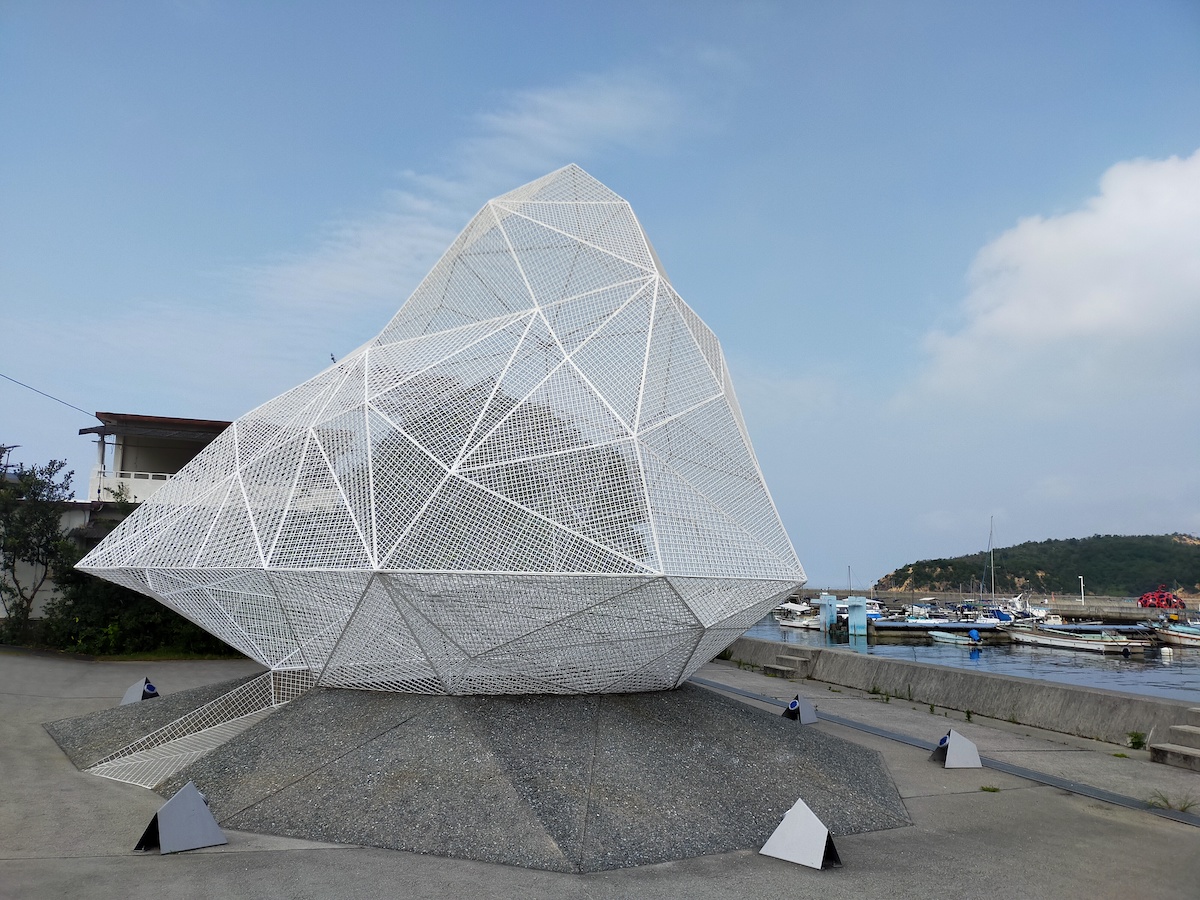
The main places to visit are clustered in the museum precinct in the South of the Island. Bicycles aren’t allowed in so you will have to be prepared to walk a little. The museums close around 5pm, so it’s better to hit them up in the morning hours. One of the most beautiful galleries is the Chichu museum. It’s underground but illuminated entirely by daylight. Each space is specially designed for the piece of art within the collection. The art and architecture create the most dreamlike quality of space. There is also the Lee Ufan museum that showcases the works of the Korean painter and sculptor who is celebrated by Japan for his contributions to Japanese contemporary art. There is also the Benesse House Museum which is a combination of a hotel and museum. While it is full of very interesting pieces of art, I felt it was not as good as the Lee Ufan and Chichu museums.
Lunch: There are plenty of little restaurants dotted around the island. But be careful of the timings as many will close after the lunch period to prepare for the dinner customers. I lingered too long in the museums and had to get my lunch from the 7/11 *sad tourist noises*.
Afternoon: After lunch, check out the different sites that comprise the Naoshima Art House Project. This is an on-going project which takes abandoned houses in the vicinity and converts them into special art installations with the help of architects and artists. These projects take inspiration from the local scenery, culture, crafts and people. You can buy tickets to either go see one particular project or take the multi-entry ticket which lets you check out all the different art sites in the project. The tickets can be bought at the Honmura Lounge and Archive. Currently, there are seven houses in the project. If you are short on time, it’s better to research the ones you really want to visit, as these little house projects have a fixed closing time.
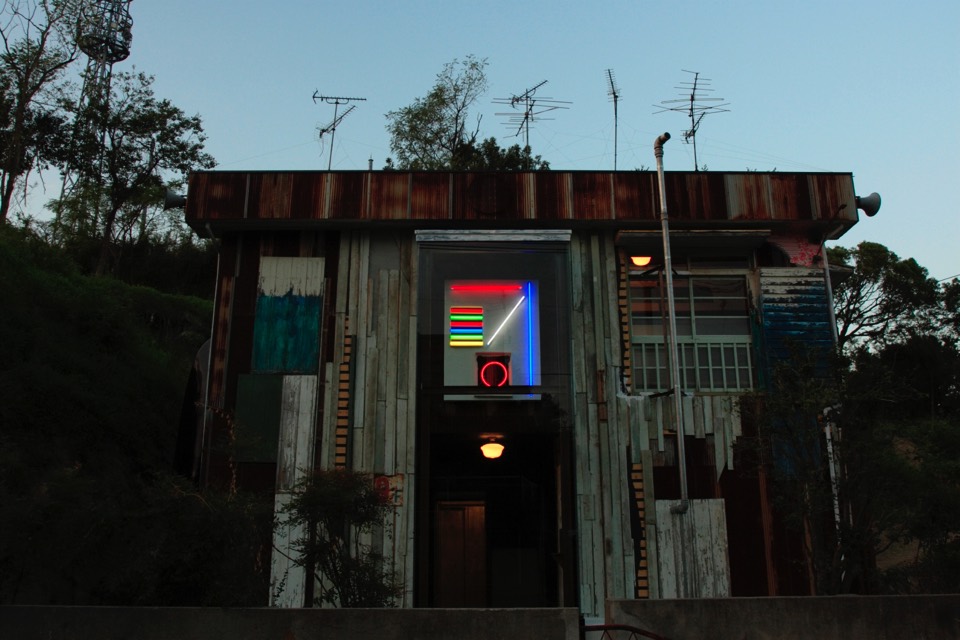
One of my favorites was Minamidera, specially designed by the architect Tadao Ando to keep an installation of James Turrell. The artist plays with the concept of light and dark and our perception of reality. No pictures are allowed inside, which is a good thing as a photo won’t be able to do justice to what the artist’s attempted in this installation. Another great installation is the Go’o Shrine’s Stairway to Heaven. It’s embedded in the hillside and has the glass staircase ascending from an underground shrine to the floating structure above.
Evening: After the museums close you might want to grab some dinner. There are many nice restaurants close to the house projects. If you’re a vegetarian, there’s a great restaurant called Aisunao that has great local plant based food. Another great restaurant is Shiyo Diner. The owner is really nice and you can see the place is popular with the locals.
Naoshima is an island full of little treasures. Even if you only have one day, it’s a place you must visit. Whether you’re into wandering around museums or frolicking on a sandy beach, Naoshima has something to offer you.
Written by Amena Rahman
Related Articles
Warning: Undefined array key "sfsi_threadsIcon_order" in /home/veremosglobal/tokyoroomfinder.com/public_html/blog/wp-content/plugins/ultimate-social-media-icons/libs/controllers/sfsi_frontpopUp.php on line 165
Warning: Undefined array key "sfsi_blueskyIcon_order" in /home/veremosglobal/tokyoroomfinder.com/public_html/blog/wp-content/plugins/ultimate-social-media-icons/libs/controllers/sfsi_frontpopUp.php on line 170
Warning: Undefined array key "sfsi_bluesky_display" in /home/veremosglobal/tokyoroomfinder.com/public_html/blog/wp-content/plugins/ultimate-social-media-icons/libs/controllers/sfsi_frontpopUp.php on line 266

